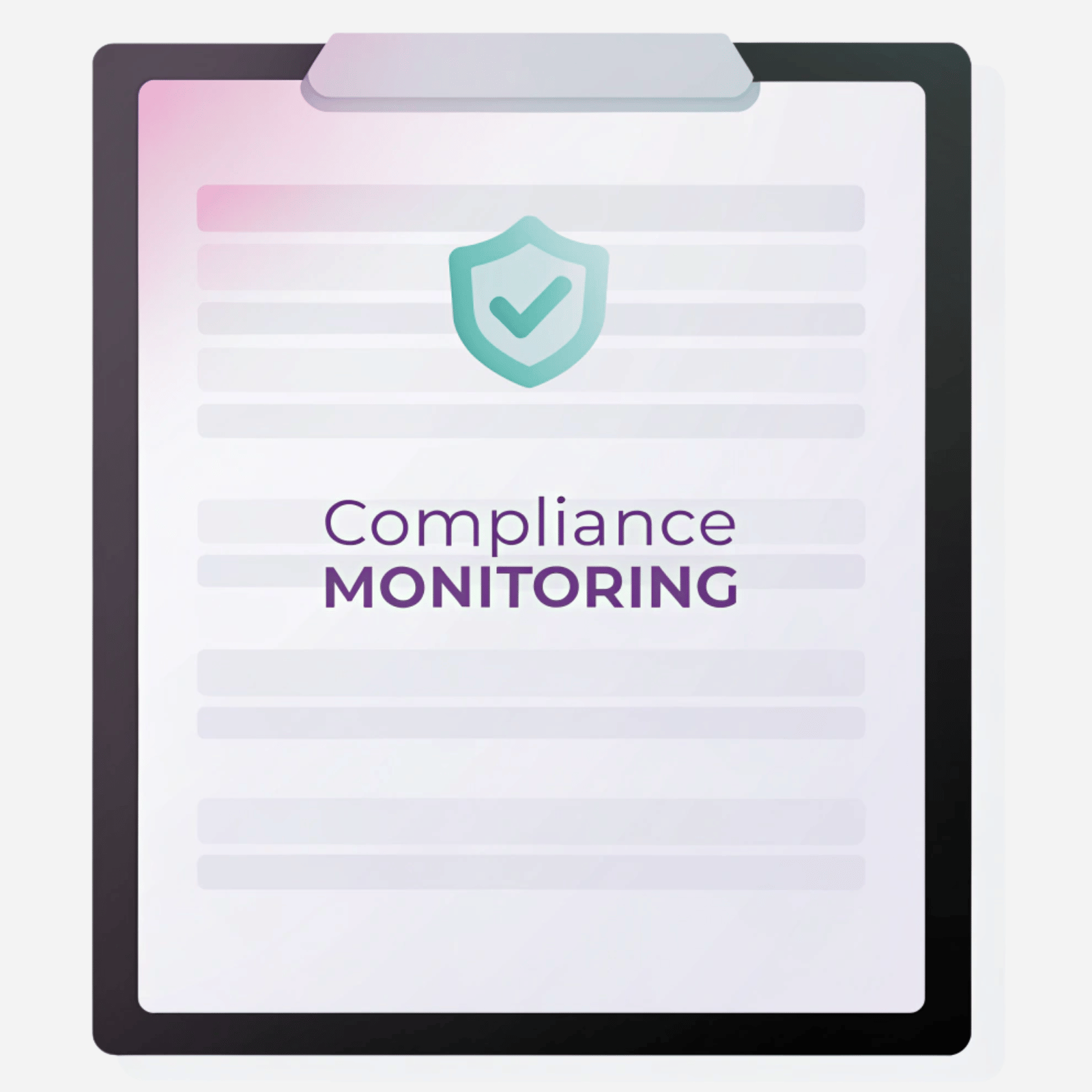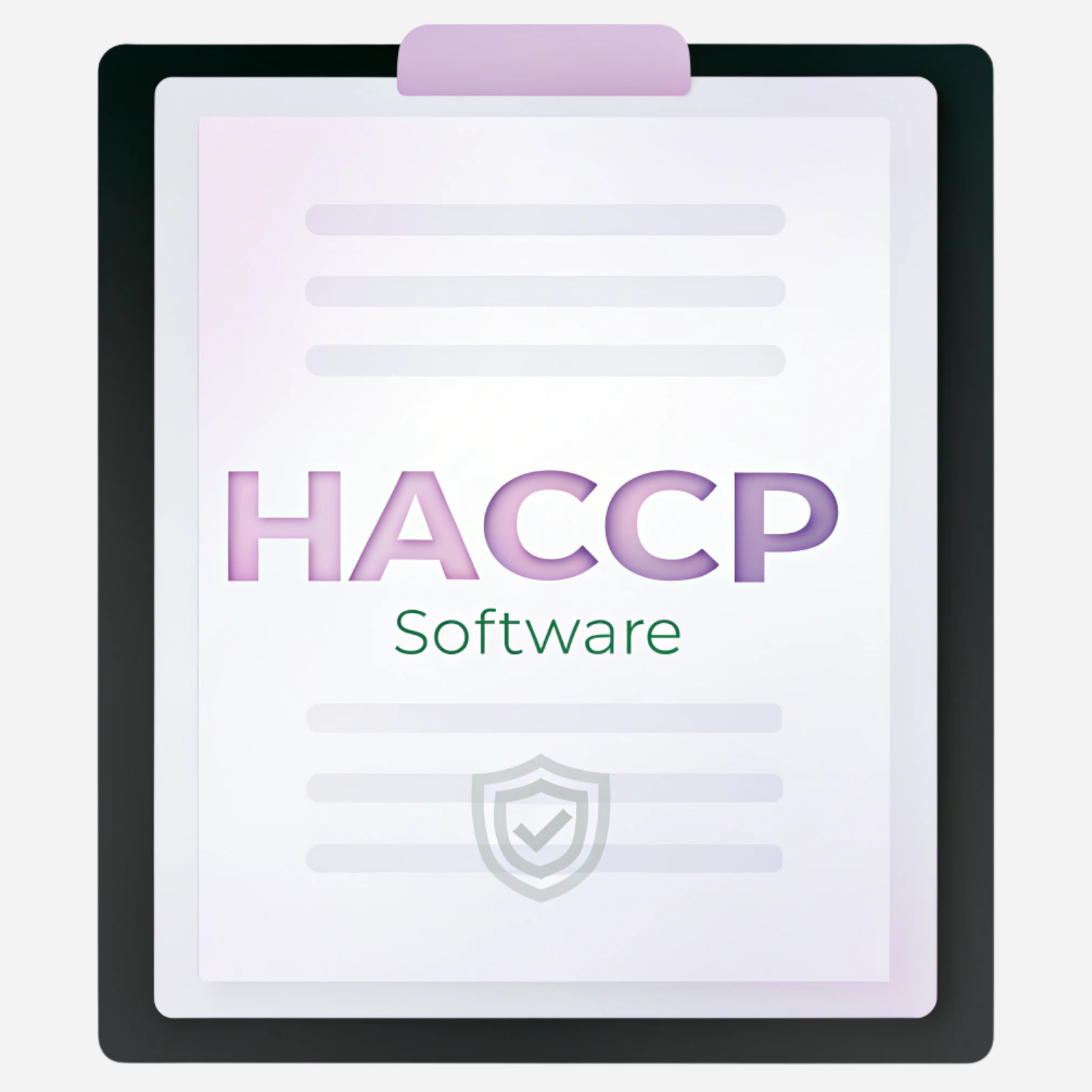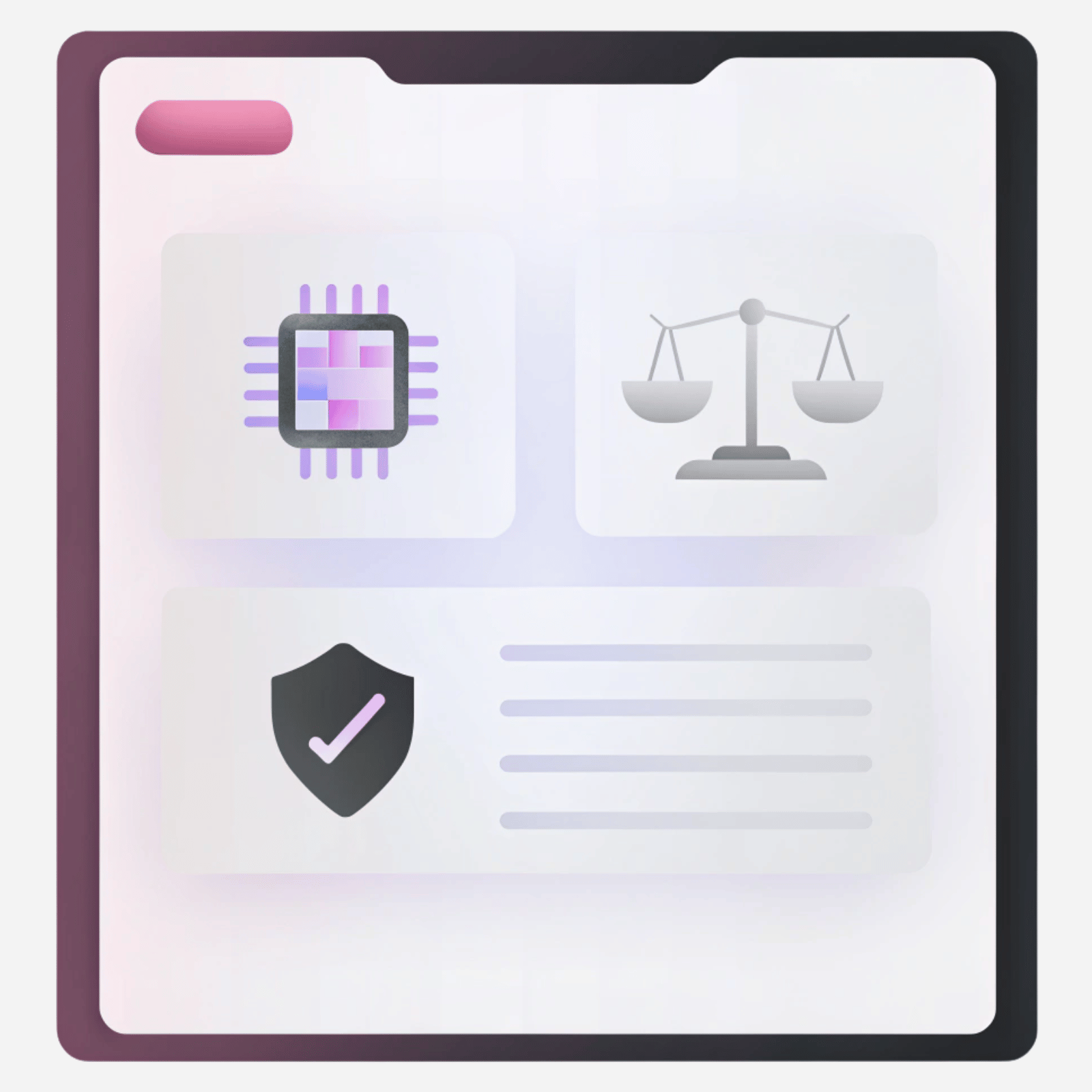
Introduction: Why HACCP Planning is Critical for Food Safety
Foodborne illness is a global public health issue, affecting roughly 1 in 10 people worldwide each year. According to the World Health Organization (WHO), approximately 600 million people fall ill from contaminated food, resulting in 420,000 deaths annually.
In the U.S. alone, the Centers for Disease Control and Prevention (CDC) estimates approximately 9.9 million illnesses, over 53,000 hospitalizations, and 931 deaths each year caused by just seven major pathogens.

HACCP (Hazard Analysis and Critical Control Points) is a scientifically based system that focuses on identifying and controlling potential hazards at key stages in food production. Since its implementation in the U.S., HACCP has been linked to a 20% reduction in foodborne illness during the first seven years.
Globally, HACCP is embedded in regulatory frameworks across developed nations. Australia, Canada, Japan, and the EU require HACCP-based systems for food processing, and it is recognized as an international standard by bodies such as the FAO and Codex. This universal adoption bolsters international trade and ensures consistent food safety standards across borders.
Manual HACCP Plans: Traditional Approach & Challenges
Once a food business commits to food safety, the natural next step is creating a HACCP plan. Traditionally, this has meant a manual, paper-based process that relies heavily on staff diligence and time investment.
At its core, a manual HACCP plan involves documenting every detail—checking temperatures, recording corrective actions, and verifying each Critical Control Point (CCP) along the production line. This documentation is typically done by hand, using forms, logs, and binders. While thorough in theory, the manual approach faces multiple real-world challenges that can compromise effectiveness.
Key Challenges of Manual HACCP Planning:
- Time‑Consuming & Labor‑Intensive: Staff spend significant hours filling out logs and forms daily. This repetitive work distracts from higher-value activities and increases operational costs.
- Human Error & Inconsistency: Manual entries are prone to mistakes - missed logs, illegible handwriting, or skipped steps. Over time, these errors accumulate and may lead to safety breaches.
- Incomplete Record‑Keeping: During busy or understaffed periods, documentation may be rushed or incomplete, weakening compliance and traceability.
- Audit & Traceability Challenges: Paper records scattered across binders are difficult to search during inspections. This slows down audits and makes root-cause investigations more complex.
- Lack of Real‑Time Monitoring: Manual systems cannot alert staff immediately to critical issues like refrigeration failure, leading to delayed responses and increased risk.
- Resource & Budget Constraints: Smaller businesses may struggle with the costs of training, maintaining documentation, and hiring consultants to properly design and update HACCP plans.
- Resistance to Change: Employees used to older workflows often resist the additional documentation and new responsibilities required by HACCP.
- Technical Complexity & Insufficient Expertise: Designing and maintaining HACCP plans demands a scientific understanding of hazards, control measures, and critical limits, which many facilities lack internally.
- Burden of Documentation & Updates: HACCP plans require continual revision to adapt to new processes or regulations, adding further workload.
- Poor Internal Verification: Verification steps may be overlooked or replaced by basic sanitation checks, compromising the integrity of the system.
- Under‑utilization of Data: Even when records exist, staff often lack the skills or tools to analyze trends or use insights for continuous improvement.
Real Staff Insights
Industry voices highlight the burdens of manual HACCP:
“The hardest part …is doing temperature logs. Using a book is fine but extremely tedious and a huge pain.” - Food industry worker
“A HACCP plan isn’t a little chart. It’s a booklet … self identify … then you put processes in place … Just very time consuming to do from scratch.” - Chef and HACCP planner
Because of these challenges, many businesses turn to consultants for assistance:
“Definitely go with a consultant … HACCP certification … became my sole task for over a week. So much paperwork.” - Food service professional
While manual HACCP planning provides a structured framework for food safety, its labor-intensive nature, vulnerability to errors, and limited real-time oversight make it difficult to sustain and scale. This often leads to increased costs, audit difficulties, and, potentially, compromised food safety.
The traditional approach demands high staff commitment, technical expertise, and ongoing diligence to work effectively - conditions not always met, especially in small or fast-growing operations.
When a Basic HACCP Plan Becomes a Bottleneck
Having laid out the challenges of traditional manual HACCP planning, it’s clear that while these systems provide a vital framework, they can sometimes become more of a hurdle than a help.
A basic HACCP plan, especially when rigidly manual, may start as a valuable tool but quickly evolve into a bottleneck - slowing operations and stifling growth rather than safeguarding safety efficiently.
Why does this happen?
At first, HACCP documentation feels manageable - a checklist here, a temperature log there. But as food operations grow in size, complexity, or diversity of products, the volume of required monitoring and data multiplies exponentially. Suddenly, the system that once kept everything under control becomes overwhelming.
- Information Overload: The sheer amount of paper trails and manual entries can flood teams with data they don’t have time or tools to analyze properly. Important signals get lost in the noise, making hazard detection less precise.
- Delayed Responses: When monitoring is periodic and reactive, potential issues might only be caught hours or days after they occur.
- Stagnation in Processes: The rigidity of static, manually updated HACCP plans often makes it difficult to adapt to new regulations, product changes, or emerging risks - locking businesses into outdated protocols.
- Employee Fatigue and Compliance Gaps: Repetitive logging without immediate feedback can lead to checklist fatigue, increasing the chances of missed steps or superficial compliance.
- Scaling Difficulties: Businesses aiming to expand or innovate find that their basic HACCP framework lacks the flexibility and efficiency to keep pace, risking non-compliance or operational bottlenecks.
A Thought to Ponder
If the very system designed to ensure food safety ends up hindering speed, accuracy, and adaptability, is it still serving its purpose effectively? When does careful caution become counterproductive?
These challenges don’t mean HACCP is failing - rather, they highlight the limits of traditional methods in an era of growing complexity and rapid change. As food safety demands intensify, the need to evolve beyond basic, manual plans becomes urgent.
AI-Generated HACCP Plans: A Smarter, Faster Alternative
As we’ve seen, basic manual HACCP plans - while foundational - can become bottlenecks, slowing down processes and leaving room for human error and inefficiency. The question then arises: how can food businesses maintain rigorous safety standards without getting bogged down by paperwork and outdated systems?
Enter the world of AI-generated HACCP plans - a powerful, modern alternative that’s redefining food safety management. By leveraging artificial intelligence, companies can now move beyond the limitations of traditional manual systems and embrace tools that are smarter, faster, and more adaptive.
Why AI Transforms HACCP Planning
In the ongoing debate of manual vs AI HACCP, the advantages of AI become clear when you consider the complexity of food safety today:
- Automation of Data Collection and Analysis: AI can continuously monitor critical control points, automatically log data, and instantly flag anomalies - eliminating manual errors and providing real-time insights.
- Dynamic Plan Adjustments: Unlike static manual plans, AI models can learn from new data and automatically update HACCP protocols to reflect regulatory changes, new hazards, or process improvements.
- Scalability and Efficiency: AI tools handle vast amounts of data effortlessly, enabling businesses to scale operations without proportional increases in compliance workload.
- Enhanced Predictive Capabilities: Using historical data and machine learning, AI can predict potential risks before they occur, moving food safety from reactive to proactive management.
- User-Friendly Interfaces: Modern AI HACCP platforms simplify compliance with intuitive dashboards and alerts, reducing employee fatigue and increasing adherence.
A Paradigm Shift
This is about a fundamental shift in how food safety is managed. AI-generated HACCP plans turn compliance from a static task into a continuous, intelligent process that adapts and improves over time.
For businesses still weighing manual vs AI HACCP, the choice increasingly favors AI for unlocking new levels of safety, transparency, and operational resilience.
Side-by-Side Comparison: Manual vs AI HACCP Plans
As far as we have already explored the limitations of traditional manual HACCP plans and the transformative potential of AI-generated solutions, it’s time to put the two approaches head-to-head. Understanding the differences clearly can help food businesses make informed decisions on which system best fits their needs.
This detailed comparison highlights the key areas where manual vs AI HACCP planning diverges, making it easier to see the practical impact on safety, efficiency, and scalability.

Gap Analysis: Where Manual HACCP Falls Short and AI Bridges the Divide
While manual HACCP systems provide the foundational framework required by food safety regulations, several critical gaps persist:
- Error Susceptibility: Human errors in manual logs create compliance risks that AI’s automation greatly reduces.
- Data Inertia: Without real-time monitoring, manual plans delay hazard detection; AI’s continuous tracking fills this gap.
- Scalability Issues: Increasing production complexity burdens manual systems, whereas AI scales seamlessly with business growth.
- Adaptability Deficiency: Manual updates lag behind evolving regulations; AI dynamically adjusts to keep plans current.
- Limited Analytical Insight: Manual methods lack deep data analysis; AI uncovers trends and predicts risks for smarter decisions.
- Resource Constraints: Manual approaches demand ongoing human and consultant resources; AI shifts focus to strategic oversight.
By addressing these gaps, AI-generated HACCP solutions close the distance between regulatory compliance and operational excellence, making the choice in the manual vs AI HACCP debate clear for forward-looking food businesses.
What is an IONI AI HACCP Builder?
After examining the shortcomings of traditional manual HACCP plans and the transformative capabilities of AI-driven solutions, let’s now see a real-world example of how AI can revolutionize HACCP planning.
The IONI AI HACCP Builder is an advanced software solution that leverages artificial intelligence to assist food businesses in developing comprehensive, compliant, and customized HACCP plans swiftly and efficiently. This platform is particularly beneficial for small to medium-sized food producers, exporters, and manufacturers aiming to enhance food safety practices without the complexities of traditional manual systems.
How IONI Covers All 7 Principles of HACCP
IONI helps users create a complete HACCP plan end-to-end, delivering a ready-to-use set of PDFs that can be presented to auditors as proof of compliance. Unlike competitors who simply offer static templates, IONI actively generates and updates the HACCP plan using AI, parsing user-uploaded documents such as Standard Operating Procedures (SOPs), company information, product groups, and process descriptions.
Here’s how the process works in practice:
- Document Parsing and Data Extraction: Users upload their existing documents describing current processes. The system analyzes these files to extract relevant data, influencing which hazards, control points, and process steps should be included in the HACCP plan.
- Dynamic Process Step and Hazard Management: Based on the uploaded information, IONI suggests updates such as adding new process steps or identifying hazards that may have been overlooked. Users can review and apply these suggestions, which are then integrated into the evolving HACCP plan. This ensures the plan remains comprehensive and current.
- HACCP Team and Product Information Parsing: The system also extracts details about the HACCP team and product groups, tailoring the plan to specific organizational structures and products.
- Flexible Editing: While AI handles the heavy lifting, users retain full control to manually add or modify process steps, hazards, and documents, providing a customizable experience that fits unique operational needs.
- Flowchart Generation: IONI automatically generates visual flowcharts representing process steps, which simplifies understanding and auditing.
- Gap Analysis and Recommendations: The system continuously evaluates the plan's completeness, highlighting gaps (such as missing SOPs for a reheating process) and recommending actions like generating new SOPs or uploading existing ones.
- AI-Assisted Validation: As users fill in details, the platform validates the plan step-by-step, signaling progress visually (e.g., turning checklist items green) until the HACCP plan is 100% complete.
- Document Management and Generation: IONI generates all necessary documents, including SOPs, which users can view and eventually fully edit within the system.
- Final Output: When ready, users generate the full HACCP plan package, complete and audit-ready.

Through this comprehensive process, IONI covers all 7 HACCP principles by guiding users from hazard analysis and CCP identification through monitoring procedures and corrective actions, to verification and documentation - all powered and simplified by AI.
Watch How IONI Works
Watch this short video to see exactly how IONI guides you through each of the 7 HACCP principles, making compliance simple, efficient, and automated.
Real-World Benefits of Using an AI HACCP Builder
So, we learnt how the IONI AI HACCP Builder streamlines the creation of comprehensive HACCP plans. Let’s move on and try to understand the tangible advantages this technology offers to food businesses.
Real-world applications demonstrate that AI-driven HACCP systems enhance efficiency and significantly improve food safety outcomes.
1. Streamlined Compliance for Small Producers
Small food producers often face challenges in developing and maintaining HACCP plans due to limited resources and expertise. AI-powered tools like IONI simplify this process by automating hazard analysis and plan generation, enabling producers to create compliant HACCP plans swiftly.
This automation reduces the need for extensive training and allows small businesses to focus more on production and less on paperwork.
2. Enhanced Risk Management and Proactive Safety Measures
AI systems can analyze vast amounts of data to identify potential hazards and predict risks before they manifest. For instance, predictive analytics can forecast the growth of pathogens based on environmental conditions, allowing businesses to implement preventive measures proactively.
This capability is particularly valuable in dynamic production environments where conditions can change rapidly.
3. Improved Efficiency and Audit Readiness
AI-driven HACCP builders automate the creation of necessary documentation, such as Standard Operating Procedures (SOPs) and monitoring forms. This automation ensures consistency and accuracy across all records.
Consequently, businesses are better prepared for audits, with all required documents readily available and up-to-date.
4. Real-Time Monitoring and Incident Response
Integrating AI with Internet of Things (IoT) devices enables real-time monitoring of critical control points. AI algorithms can analyze data from sensors measuring temperature, humidity, and other variables to detect deviations from established limits.
When anomalies are detected, the system can alert personnel immediately, facilitating swift corrective actions and minimizing the risk of food safety incidents.
5. Continuous Improvement Through Data Analysis
AI systems can continuously analyze operational data to identify trends and areas for improvement. By learning from historical data, AI can suggest optimizations in processes and procedures, leading to ongoing enhancements in food safety practices. This iterative improvement is crucial for maintaining high standards in the ever-evolving food industry.
In summary, the adoption of AI-powered HACCP builders offers substantial benefits, including streamlined compliance processes, enhanced risk management, improved efficiency, real-time monitoring, and continuous improvement.
These advantages empower food businesses to maintain high food safety standards while optimizing their operations.
When to Choose Manual vs AI for HACCP Planning
Building upon our earlier discussion of the real-world benefits of AI in HACCP planning, it's crucial to understand when each approach - manual or AI-driven - is most appropriate. The choice depends on factors such as company size, complexity of operations, regulatory requirements, and available resources.
Manual HACCP Planning: When It Makes Sense
Manual HACCP planning involves traditional methods like paper-based records, spreadsheets, and manual hazard analysis.
Opt for manual planning when:
- Small-scale Operations: Your business has limited resources and a straightforward production process.
- Low Complexity: The product range is narrow, and processes are simple, reducing the need for advanced monitoring.
- Budget Constraints: Limited funds prevent investment in digital tools or AI systems.
Where: Manual planning is suitable in environments where digital infrastructure is lacking or where traditional methods are deeply ingrained in the company culture.
Why: Manual systems can be cost-effective initially and may suffice for businesses with minimal compliance requirements.
How: Implementing manual HACCP involves creating paper records, conducting hazard analyses without software assistance, and relying on human oversight for monitoring and corrective actions.
Limitations: Manual systems are prone to human error, can be time-consuming, and may struggle to scale with business growth.
AI-Driven HACCP Planning: When to Embrace Technology
AI-driven HACCP planning utilizes software tools that automate hazard analysis, monitor critical control points (CCPs), and generate compliance documentation.
Consider AI-driven planning when:
- Scaling Operations: Your business is expanding, requiring more sophisticated and scalable food safety systems.
- Complex Processes: The production involves multiple products, diverse processes, or intricate supply chains.
- Regulatory Demands: There is a need to comply with stringent food safety regulations or prepare for audits efficiently.
- Resource Availability: Sufficient budget and infrastructure are available to support the implementation of AI tools.
Where: AI-driven planning is ideal in modern facilities with access to digital tools and a workforce open to technological integration.
Why: AI systems enhance efficiency, reduce human error, and provide real-time monitoring, leading to improved food safety outcomes.
How: Implementing AI-driven HACCP involves selecting appropriate software, training staff, integrating with existing systems, and utilizing AI capabilities for hazard analysis, monitoring, and documentation.
Benefits: AI systems offer features like predictive analytics, automated documentation, and real-time alerts, which are particularly beneficial for large-scale or complex operations.
Making the Right Choice
- Small Businesses: Manual HACCP may be sufficient, but as the business grows, transitioning to AI can provide scalability and efficiency.
- Mid to Large Enterprises: AI-driven HACCP is advantageous for managing complexity, ensuring compliance, and improving overall food safety management.
- Regulatory Considerations: Businesses in regions with stringent food safety regulations may find AI tools beneficial for maintaining compliance and preparing for audits.
- Resource Assessment: Evaluate the available budget, technological infrastructure, and staff readiness to adopt AI solutions.
Conclusion: The Future of HACCP Is Intelligent and Efficient
Now, you can see what kind of critical role HACCP planning plays in ensuring food safety and how the landscape is evolving rapidly with the advent of artificial intelligence. Here’s a recap of the key takeaways:
- HACCP Planning is Essential for Food Safety: It remains the foundation of effective food safety management, protecting consumers and businesses alike from foodborne risks through systematic hazard identification and control.
- Traditional Manual HACCP Plans Have Limitations: While manual plans have served the industry for decades, they are often time-consuming, prone to human error, and challenging to update or scale - creating bottlenecks in today’s fast-paced, complex food production environment.
- AI-Generated HACCP Plans Offer a Smarter Alternative: Leveraging AI brings automation, real-time monitoring, dynamic updates, predictive risk management, and scalability - fundamentally transforming how HACCP plans are developed and maintained.
- A Side-by-Side Comparison Reveals Clear Benefits: AI-driven HACCP systems outperform manual approaches in data accuracy, efficiency, audit readiness, risk reduction, and adaptability, addressing critical gaps that manual methods cannot easily bridge.
- IONI AI HACCP Builder Exemplifies This Innovation: By parsing uploaded documents, suggesting process improvements, automatically generating SOPs, and providing interactive validation, IONI covers all 7 HACCP principles in a flexible, user-friendly platform that empowers food businesses to build complete, audit-ready HACCP plans with ease.
- Real-World Benefits Include: Streamlined compliance for small producers, enhanced proactive risk management, improved efficiency and audit preparedness, real-time monitoring capabilities, and continuous operational improvements driven by data analytics.
- Choosing Between Manual vs AI Depends on Context: Small, simple operations with limited budgets may still rely on manual HACCP planning, but growing, complex, or regulated businesses will find AI-driven solutions indispensable for efficiency, compliance, and future readiness.
The future of HACCP is undeniably intelligent and efficient - a future where AI safeguard food safety with greater confidence and agility. Embracing AI-driven HACCP tools is a strategic imperative for food producers striving to excel in an increasingly complex industry.
Ready to Transform Your HACCP Planning?
Discover how the IONI AI HACCP Builder can simplify your compliance process, save time, and enhance food safety. Contact us and start your journey toward smarter, faster HACCP planning today!









